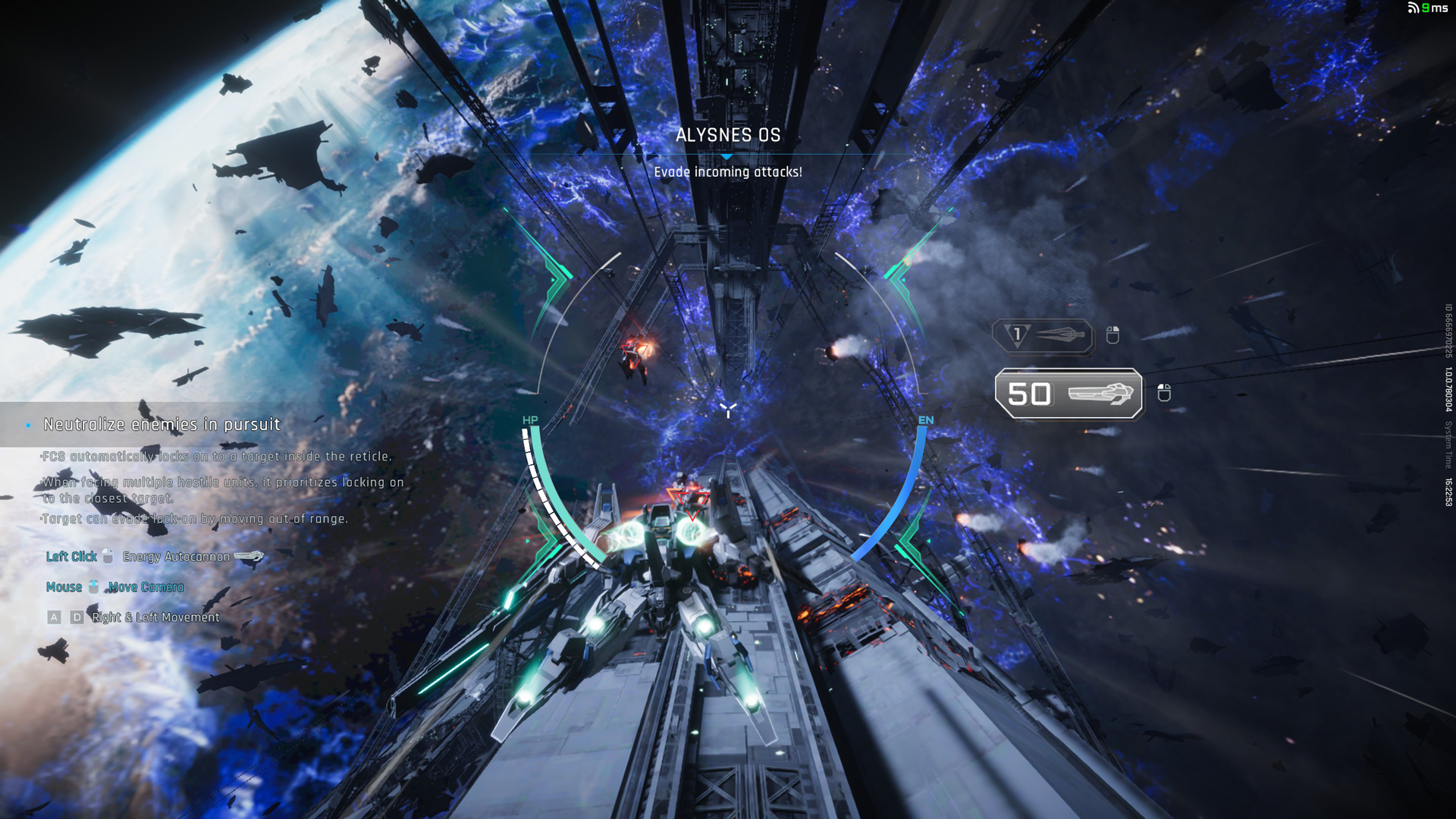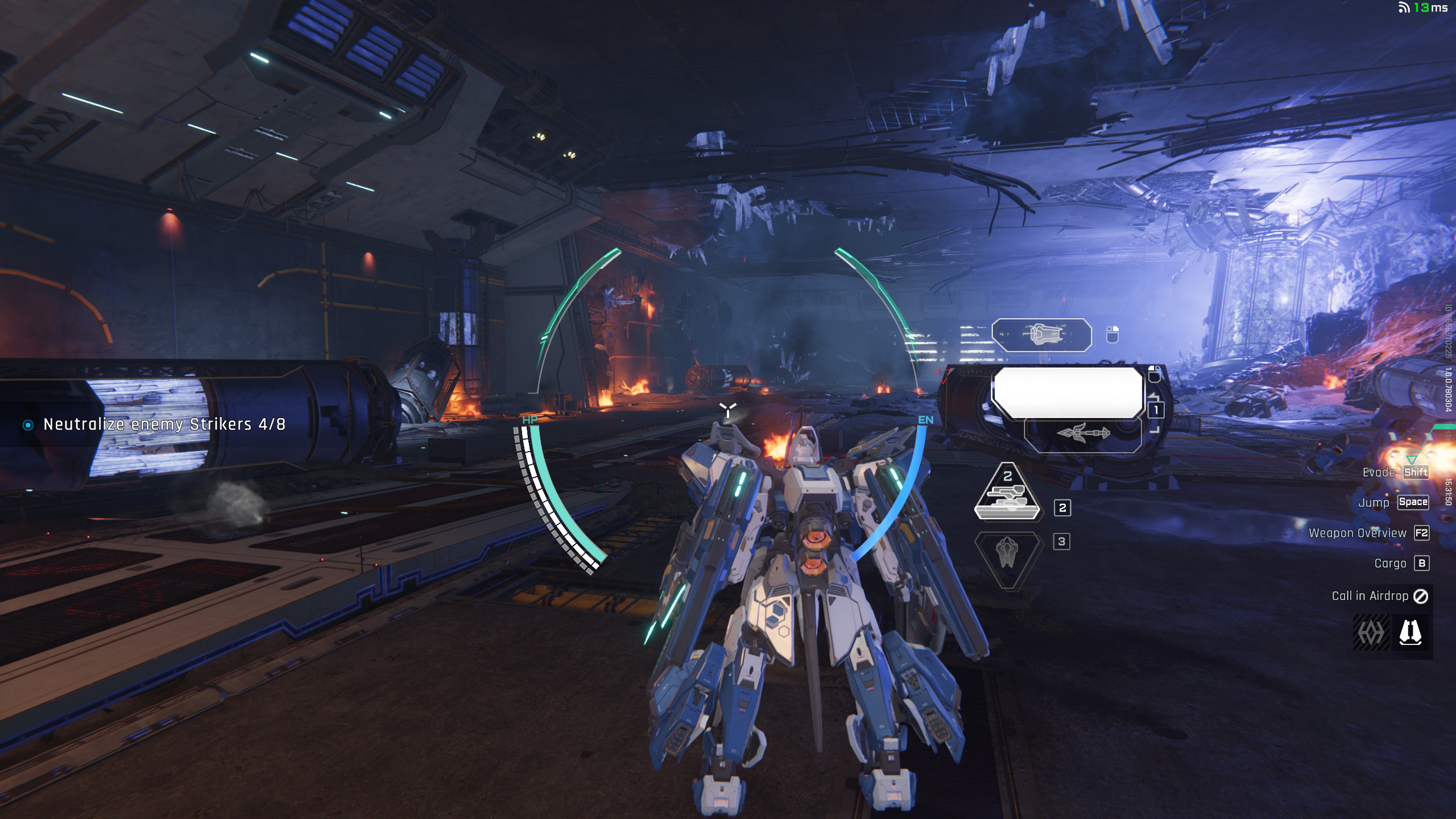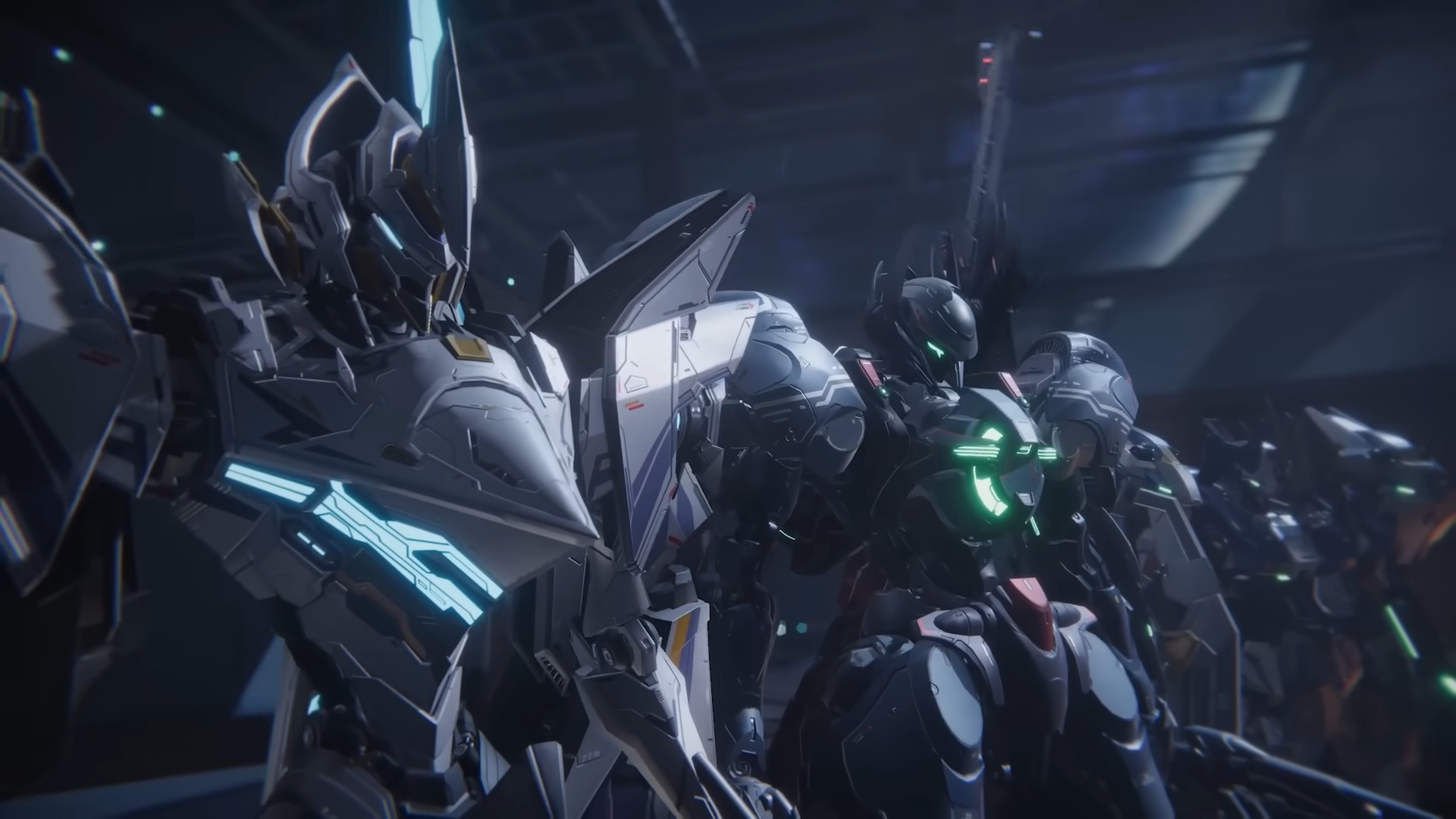Dial in these settings while playing Clair Obscur: Expedition 33 with your RTX 5080 at 4k or 1440p resolution.
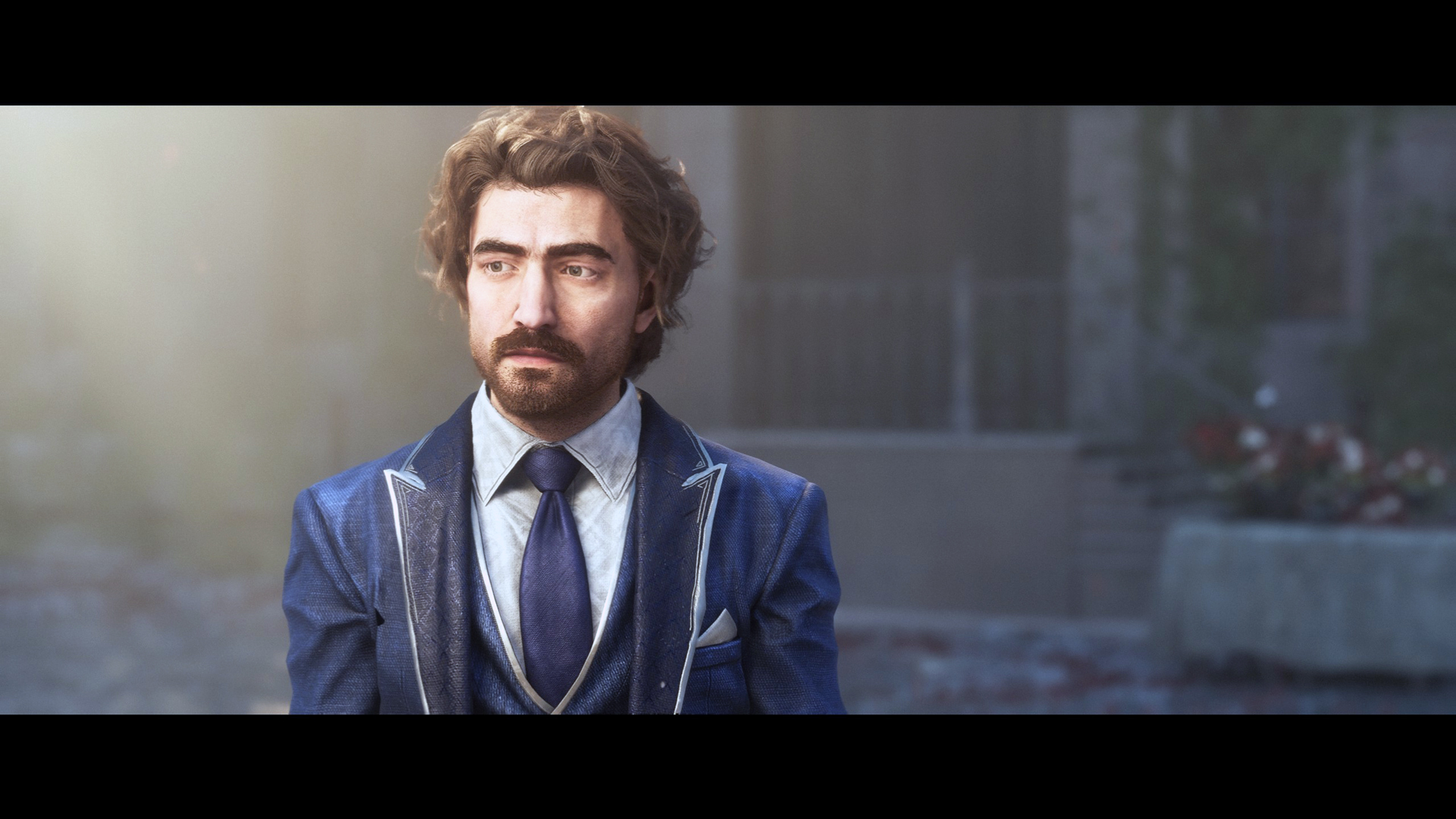
RTX 5080 represents Blackwell’s high-end GPU for gamers. At approximately $2000 and offering 16GB of VRAM, the 5080 reflects the dire state of gaming GPUs on the market. The 5080 stock settings provide only about a 5% improvement over the RTX 4080 Super but can be heavily tuned to approach the performance of an RTX 4090. Gamers buying a $ 2,000 product will likely run it at stock settings, but there is room for improvement.
As we all know, Expedition 33 is a UE 5 title, built with Lumen and Nanite at its core, incorporating features such as lighting and geometry. Gamers looking forward to playing this game at native 1440p or even upscaled 4K can refer to the settings below.
Note: Pair the high-end 5080 GPU with at least a Core i7-14700K or a Ryzen 7 7800X3D CPU to avoid bottlenecks. The game, by default, doesn’t support Framegen; for that, you need to use Lossless Scaling.
Best Settings for RTX 5080 in Clair Obscur: Expedition 33 (1440p and 4K Optimized)
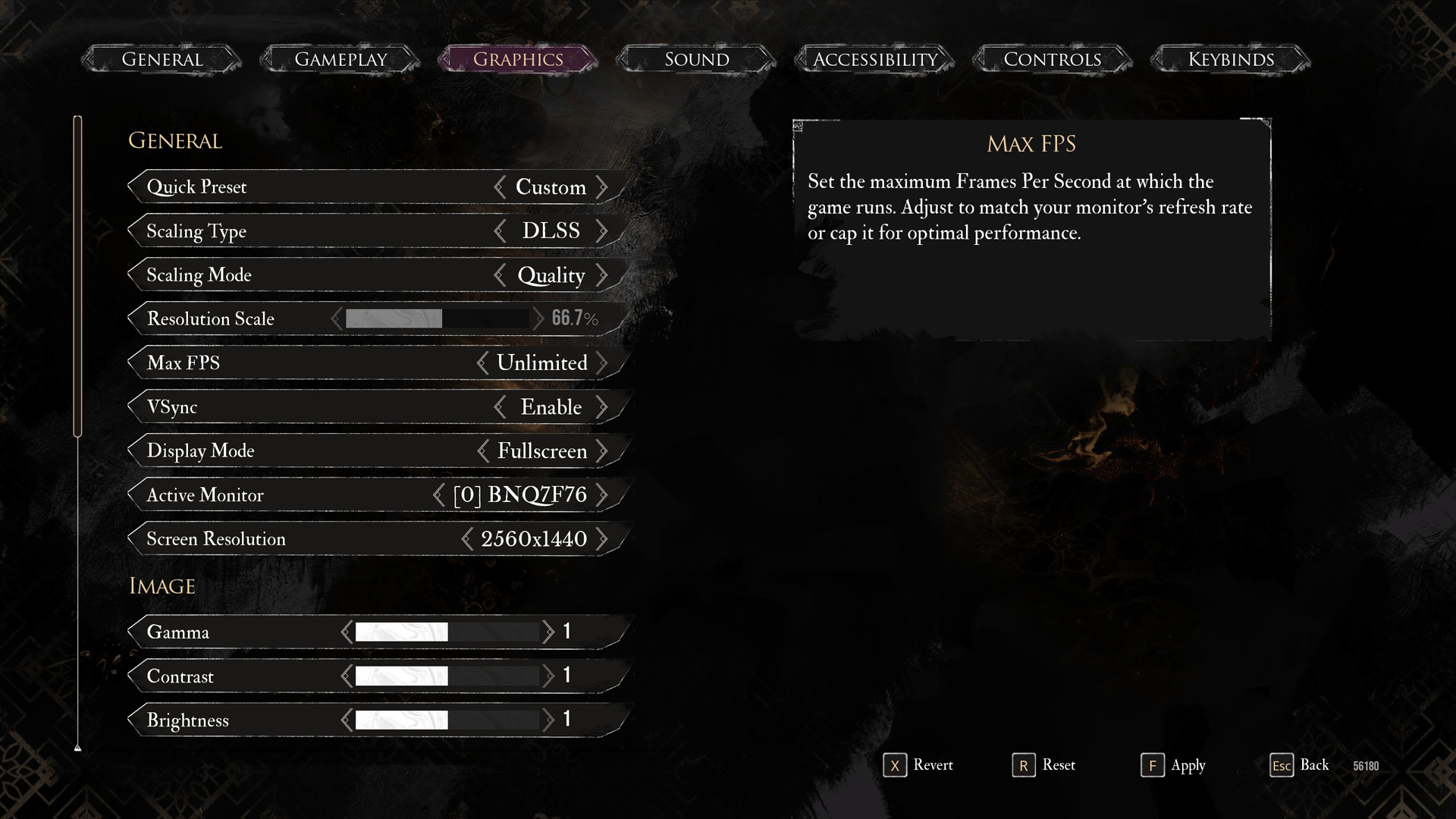
A few keynotes to consider:
- Run at native 1440p with DLAA for the cleanest image quality.
- Use the Transformer DLSS model to fix ghosting, smearing, and stability issues.
- Avoid native TAA; the image will look soft and blurry. Instead, opt for DLAA, which partially fixes temporal issues within UE 5.
- Adjust the sharpness moderately; at higher resolutions, excessive sharpening can make the image appear artificial.
- Frame Generation boosts FPS further, but isn’t mandatory at 1440p.
- Expect around 120–140 FPS at 1440p with Ultra settings and DLAA enabled, and around 130 FPS with Quality DLSS at 4K, assuming you have turned on Lossless scaling frame generation on top of it.
- Monitor 1% and 0.1% lows to detect traversal stutter caused by the UE5 engine.
- Use a strong CPU; anything weaker than the Ryzen 7 7800X3D or Core i7-14700K will bottleneck performance badly.
Best Settings Explored
| Setting | RTX 5080 at 1440p | RTX 5080 at 4K |
| Display Mode | Fullscreen | Fullscreen |
| Resolution | 2560×1440 | 3840×2160 |
| VSync | Enable (Optional) | Enable (Optional) |
| Max FPS | Unlimited | Unlimited |
| Scaling Type | DLAA | DLSS |
| Scaling Mode | Native AA | Quality |
| Resolution Scale | 100% | 66.7% |
| Anti-Aliasing | Epic | Epic |
| Shadows | Epic | Epic |
| Global Illumination | High | High |
| Reflection | Epic | Epic |
| Post-Processing | High | High |
| Texture | High | High |
| Visual Effects | High | High |
| Foliage | High | High |
| Shading | High | High |
| Motion Blur | (Optional) | (Optional) |
| Film Grain | (Optional) | (Optional) |
| Chromatic Aberration | (Preference) | (Preference) |
| Vignette | (Preference) | (Preference) |
Nvidia has left an enormous headroom within the RTX 50 series; the VRAM can be overclocked substantially, and then there’s the core, which can also be pushed higher with an undervolt at 825mv and a frequency set at 2.56 GHz, the card can offer higher performance figures than stock, and over that consume less power. So tinker around; if you can squeeze out more performance from your 5080, you can max everything out in the Expedition.
Looking For More Related to Tech?
We provide the latest news and “How To’s” for Tech content. Meanwhile, you can check out the following articles related to PC GPUs, CPU and GPU comparisons, mobile phones, and more:
- 5 Best Air Coolers for CPUs in 2025
- ASUS TUF Gaming F16 Release Date, Specifications, Price, and More
- iPhone 16e vs iPhone SE (3rd Gen): Which One To Buy in 2025?
- Powerbeats Pro 2 vs AirPods Pro 2: Which One To Get in 2025
- RTX 5070 Ti vs. RTX 4070 Super: Specs, Price and More Compared
- Windows 11: How To Disable Lock Screen Widgets
 Reddit
Reddit
 Email
Email
